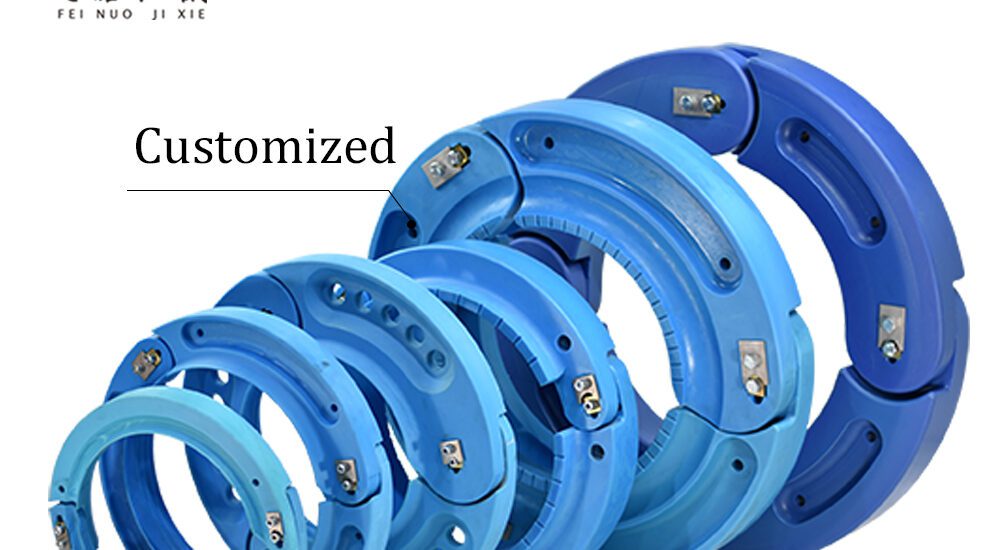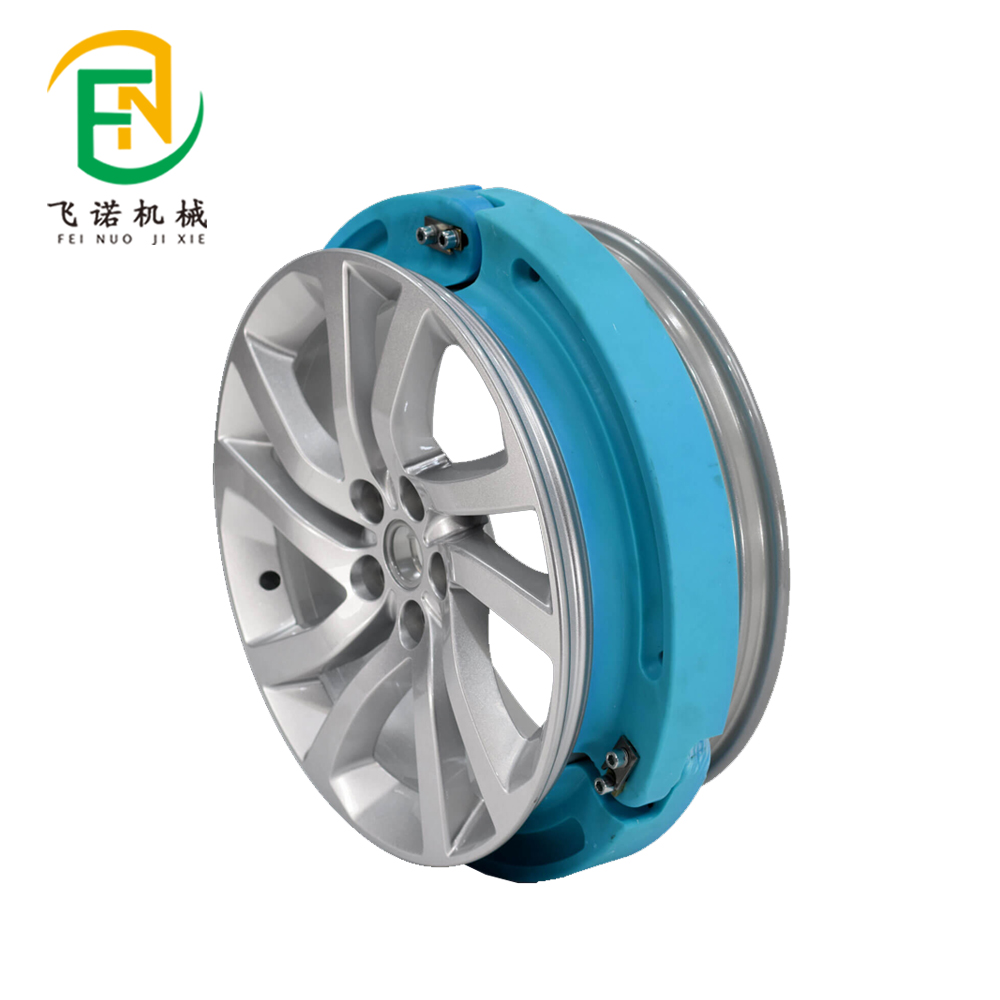- June 17, 2025
- Posted by: feinuojixie
- Category: Run Flat Guide


In today’s fast-paced, high-risk combat environments, mobility can be the difference between mission success and failure. As military forces face increasingly unpredictable terrain, hostile environments, and asymmetric warfare, the demand for vehicles that can operate even when damaged has never been higher. One innovation that quietly but consistently supports these requirements is the run flat tire. Unlike standard tires, which become liabilities once punctured, run flat tire military systems are engineered to keep moving—often for miles—after sustaining damage. This blog explores the science, strategy, and real-world effectiveness behind this unsung hero of modern military mobility.


The Origins of Run Flat Tire Military Applications
The development of run flat tire technology was initially driven by wartime necessity. During World War II, armored vehicles often found themselves immobilized after tire damage, becoming easy targets. This vulnerability led engineers to develop basic forms of run flat systems using inner liners or reinforced tires. The Cold War further accelerated research, as both NATO and Warsaw Pact nations sought to ensure that their military transport vehicles could survive longer and perform under enemy fire. What began as crude adaptations evolved into sophisticated systems designed specifically for combat readiness.
How Run Flat Tire Technology Works in Military Vehicles
At the core of run flat tire military technology is the ability to support the weight of a vehicle even after complete air loss. This is typically achieved using internal support rings made of high-strength rubber or composite materials mounted inside the tire. Some designs utilize reinforced sidewalls capable of temporarily bearing the load. Additionally, many military vehicles are equipped with tire pressure monitoring systems (TPMS), which alert operators to pressure loss in real time, allowing tactical decisions to be made without delay. The entire system is optimized to provide continued operation for 50 kilometers or more, depending on the conditions and load.
Combat-Proven Benefits of Run Flat Tire Military Integration
Run flat tire systems offer distinct tactical advantages in combat. First and foremost is mobility under fire—a vehicle hit by shrapnel or gunfire can continue moving, preserving crew safety and mission continuity. This uninterrupted movement also minimizes the risk of vehicles being stranded in hostile zones, where recovery missions may be impossible. Another key benefit is reduced dependency on logistics, as fewer spare tires and recovery tools are needed. Lastly, run flat tire technology contributes to overall vehicle survivability, helping units evade ambushes and escape damaged zones without delay.
Tested Under Fire: Real-World Military Use Cases of Run Flat Tire Performance
The true value of run flat tire military systems is best illustrated through combat scenarios. During operations in Iraq and Afghanistan, for example, MRAP (Mine-Resistant Ambush Protected) vehicles frequently encountered improvised explosive devices. In many cases, even after tire destruction, vehicles equipped with run flat technology continued to drive soldiers to safety. Similar results were observed in NATO training exercises across Eastern Europe, where armored vehicles simulated battlefield conditions, including tire punctures. Vehicles with run flat systems outperformed traditional models by a significant margin in terms of mission completion and survivability rates.
Designing for Extremes: Engineering Run Flat Tire Military Durability
Designing tires for combat isn’t just about handling flat conditions—it’s about performing in the harshest environments imaginable. Run flat tire systems are tested against extreme heat, freezing temperatures, mud, sand, and rocky terrain. Engineers subject them to high-speed endurance trials, ballistic penetration testing, and long-term structural fatigue assessments. The materials used—such as aramid fiber reinforcements or high-durometer rubber compounds—are chosen for their balance of strength, flexibility, and resilience. Military tire manufacturers work closely with defense agencies to ensure each product meets or exceeds combat-readiness standards before deployment.
Cost Versus Capability: Are Military Run Flat Tires Worth It?
While run flat tire systems come at a higher initial cost than conventional tires, their strategic value far outweighs the expense. The cost of a stranded vehicle, both in terms of lost equipment and human lives, is far greater than the price of a run flat system. Additionally, the reduced need for roadside assistance, spare tire storage, and tire change downtime contributes to long-term savings. For military planners, it’s a matter of risk management and force multiplication—investing in technology that enhances resilience in unpredictable scenarios.


The Future of Run Flat Tire Military Innovation
As battlefield conditions evolve, so too does the technology behind run flat tires. Future developments include smart tire systems that self-adjust pressure based on terrain and load, integrated sensors that can report wear and damage before failure occurs, and lightweight materials that maintain durability while improving fuel efficiency. Advances in additive manufacturing and composite engineering may also enable custom tire configurations tailored for specific missions or vehicle types. As unmanned ground vehicles (UGVs) and autonomous transporters become more common, run flat systems will be even more essential to ensure uninterrupted operation without human intervention.
Run Flat Tire Military Science as a Strategic Force Multiplier
Mobility, resilience, and survivability are pillars of modern military strategy—and run flat tire systems support each one. From their roots in wartime necessity to their role in today’s most advanced armored vehicles, run flat tires are a testament to how small components can make a monumental difference. Their ability to perform under pressure—literally and figuratively—makes them not just a technical asset, but a strategic force multiplier. As conflicts become more dynamic and terrains more hostile, one thing is clear: the science behind run flat tire military technology will remain central to battlefield superiority.
